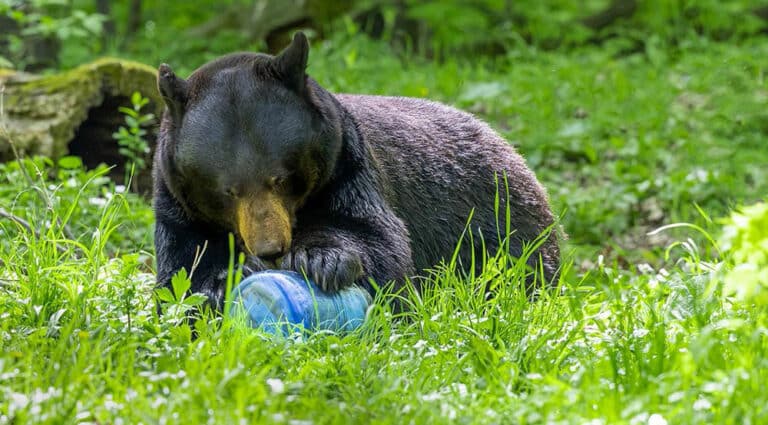In my last post, I described how a visit to North Carolina’s Joyce Kilmer Memorial Forest changed my thoughts about the poet’s poem “Trees” and influenced how I looked at forests in general. Here’s the description of the hike I promised you.
I think that I shall never see
A poem as lovely as a tree.
A tree whose hungry mouth is prest
Against the earth’s sweet flowing breast.
The hike begins on a footbridge where, as Kilmer so lyrically describes, the forest gains sustenance from the rushing waters of Santeetlah Creek. Rising at a gradual rate, the pathway is bordered by a glut of wildflowers. Just a few of those vying for space on the forest floor are galax, Solomon’s seal, Jack-in-the-pulpit, crested dwarf iris, several species of trilliums, and violets of every hue in which they grow.
A tree that looks at God all day
And lifts her arms to pray.
The intersection of the loops is marked by a plaque in remembrance of Joyce Kilmer. He was both a poet and a soldier who was killed in action during World War I, and this forest exists because Veterans of Foreign Wars asked the government to set aside a special place as a living memorial to him.
A tree that may in summer wear
A nest of robins in her hair.
The wonder of this place really takes hold along the upper loop. Yellow poplar trees rise more than 100 feet on bases that measure more than 20 feet in circumference. I am not against logging per se, but I will no longer be swayed by the argument that a forest needs to be cut to maintain its vitality. This woodlands is more alive than any place I’ve ever been. Plants are lush, healthy, and growing upon every inch of moist and fertile soil. Chipmunks and squirrels scamper over deer tracks. And the birds. Oh so many birds, that my wife and I are giddy laughing at the many songs filling the air. Thrush and vireo chirps mix with the calls of ovenbird and creeper, while woodpecker staccatos add a backbeat.
Upon whose bosom snow has lain;
Who intimately lives with rain.
Of course, I shouldn’t be surprised at this multiplicity of life, for the pathway, as it passes back through the loop intersection and crosses a different portion of Santeetlah Creek, winds through one of the Southern Appalachian’s famous cove hardwood forests. Nowhere else in the world at mid-latitudes will be found a deciduous forest so intricate and productive. The memorial forest harbors scores of trees, including hemlock, basswood, beech, silverbell, dogwood, and witch-hazel.







